COLOR VISION TEST (ISHIHARA)

Have you ever wondered how we perceive colors and if everyone sees them the same way? Let’s learn one of the easy and commonly used colour vision tests, which is the “Ishihara Test”. The Ishihara colour vision test is a…

Have you ever wondered how we perceive colors and if everyone sees them the same way? Let’s learn one of the easy and commonly used colour vision tests, which is the “Ishihara Test”. The Ishihara colour vision test is a…
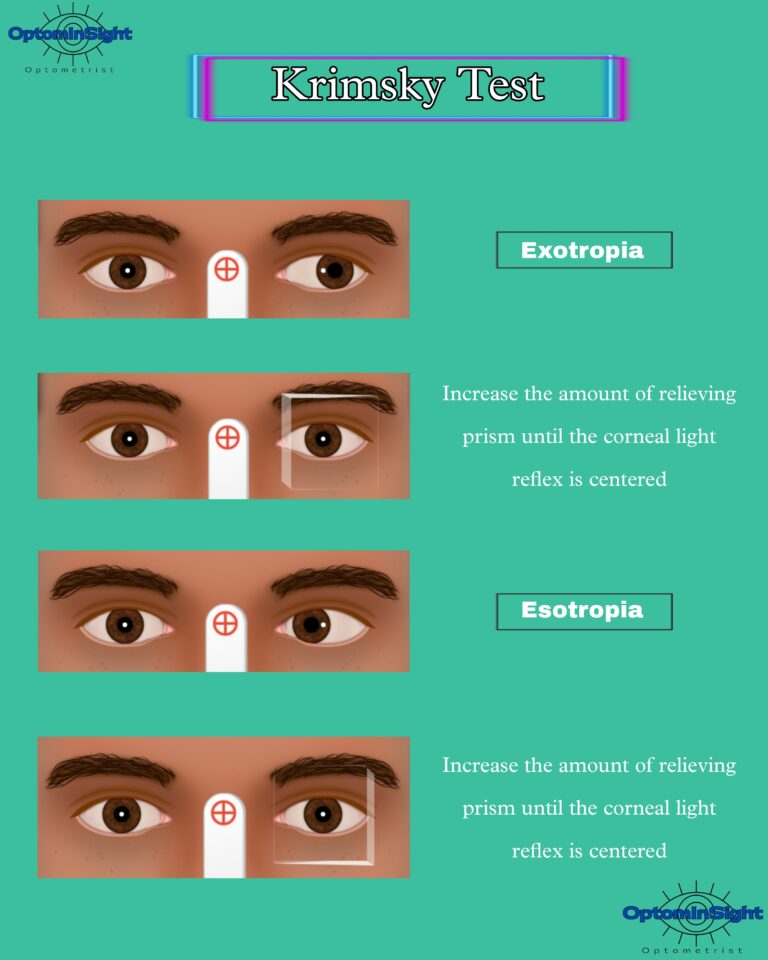
The Krimsky test is a widely accepted method of assessing the angle of deviation in strabismic patients. The Krimsky test is a modified version of Hirschberg’s Test, based on the well-established principle of Hering’s law of equal innervation. Krimsky test…
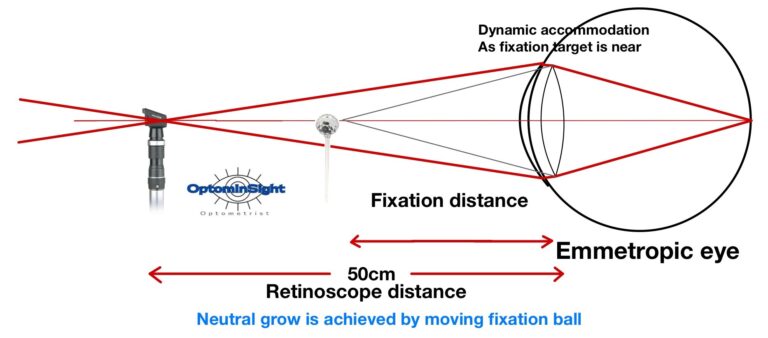
This procedure involves the use of a shiny steel ball, typically gold or silver in color, which is attached to a stick. The examiner holds the stick along the midline, at a certain distance from the patient. This technique derives…
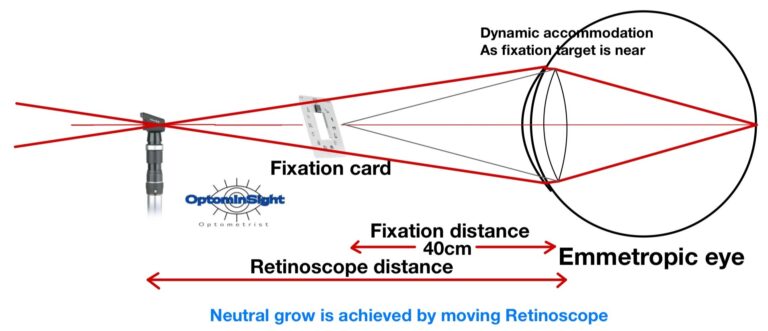
Nott retinoscopy is a technique similar to MEM (Monocular Estimated Method). In Nott retinoscopy, a fixation card (typically 6/6 in size) is positioned 40 cm away from the patient’s eyes. The card can be held by the patient or mounted…
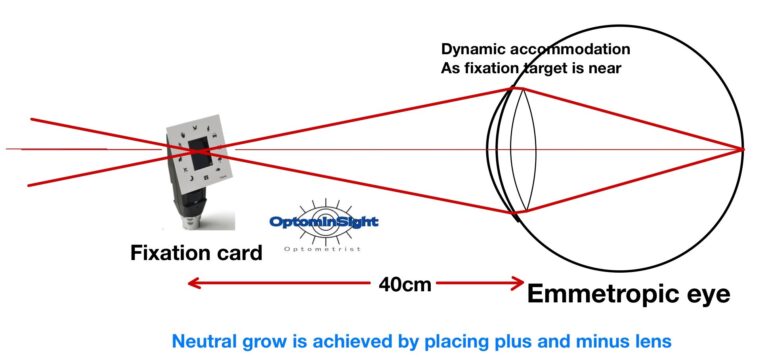
MEM is a dynamic retinoscopy technique involves the use of a retinoscope with a series of cards attached to its head using magnets, such as the Welch Allyn retinoscope. These cards have a central aperture that helps the examiner align…

Accommodative convergence/ Accommodation ratio also known as AC/A ratio, is a measurement of changes in accommodative convergence in prism diopters induced when the patient exert or relax 1 diopter of accommodation. Changes in the accommodation are either evoked by placing…
After completion of monocular subject refraction, binocular balancing is performed to balance the state of accommodation between two eyes. Binocular balancing aims to balance the state of accommodation of the two eyes. The procedure ensures that a person exerts the…
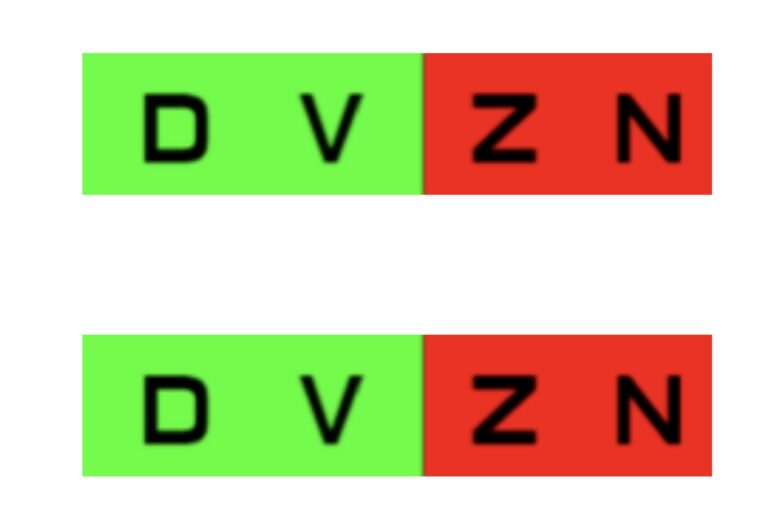
The prism dissociation and alternate occlusion test are only used when both eyes have similar monocular visual acuity. If monocular corrected visual acuity is not the same for both eyes, the bichrome prism dissociated method is used. Procedure of bichrome…
This differs from the vertical prism dissociation method, instead of using prisms in both eyes, eyes are dissociated using occlusion. A paddle occlude is used for occlusion of the eye (occluder which is used in the cover test) which allows…
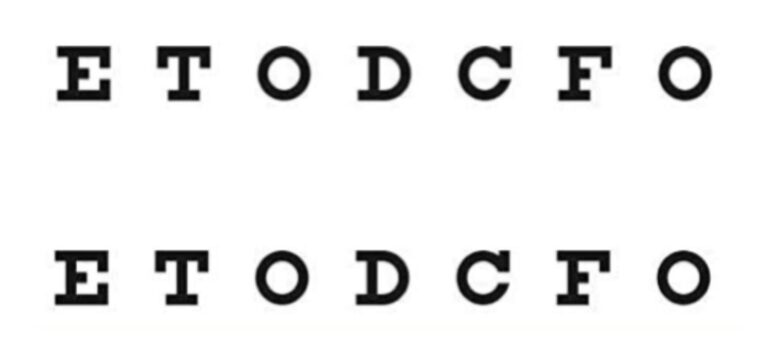
The procedure makes use of prisms to break the fusion between two eyes. The vertical prisms of the same amount are used to maintain equal degradation of image quality which is caused by prism. Don’t use horizontal prisms, as a…